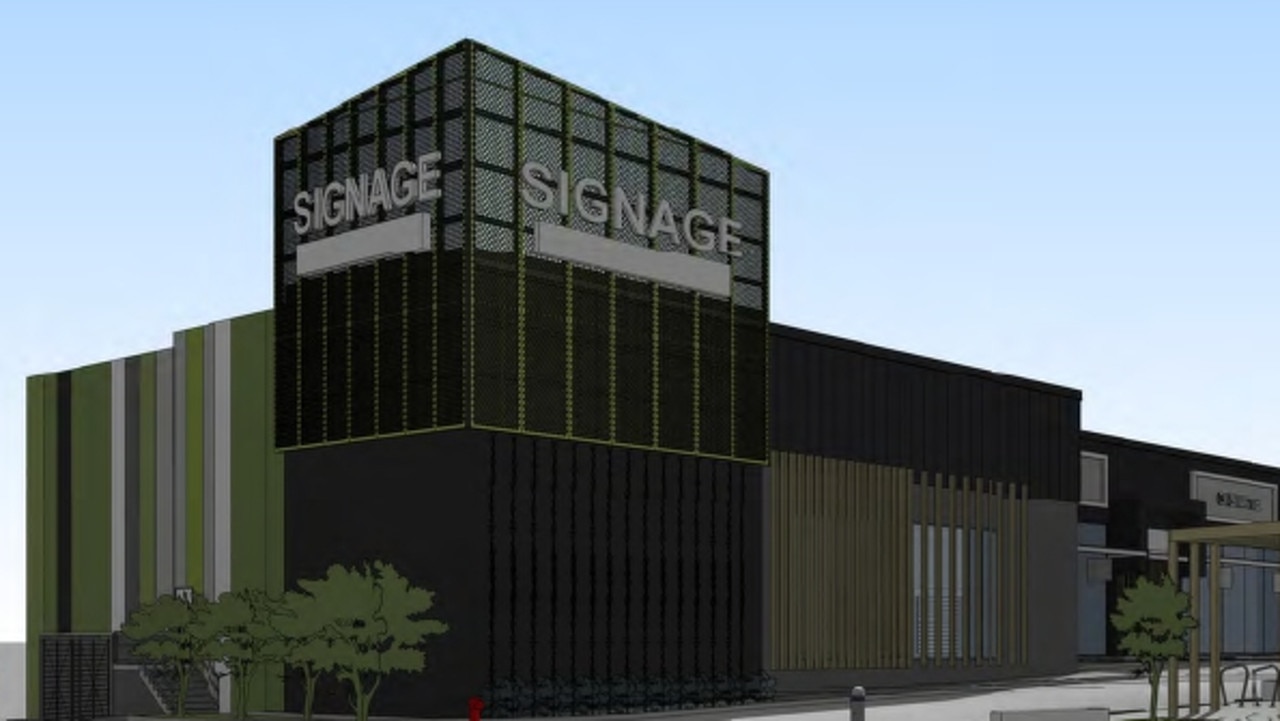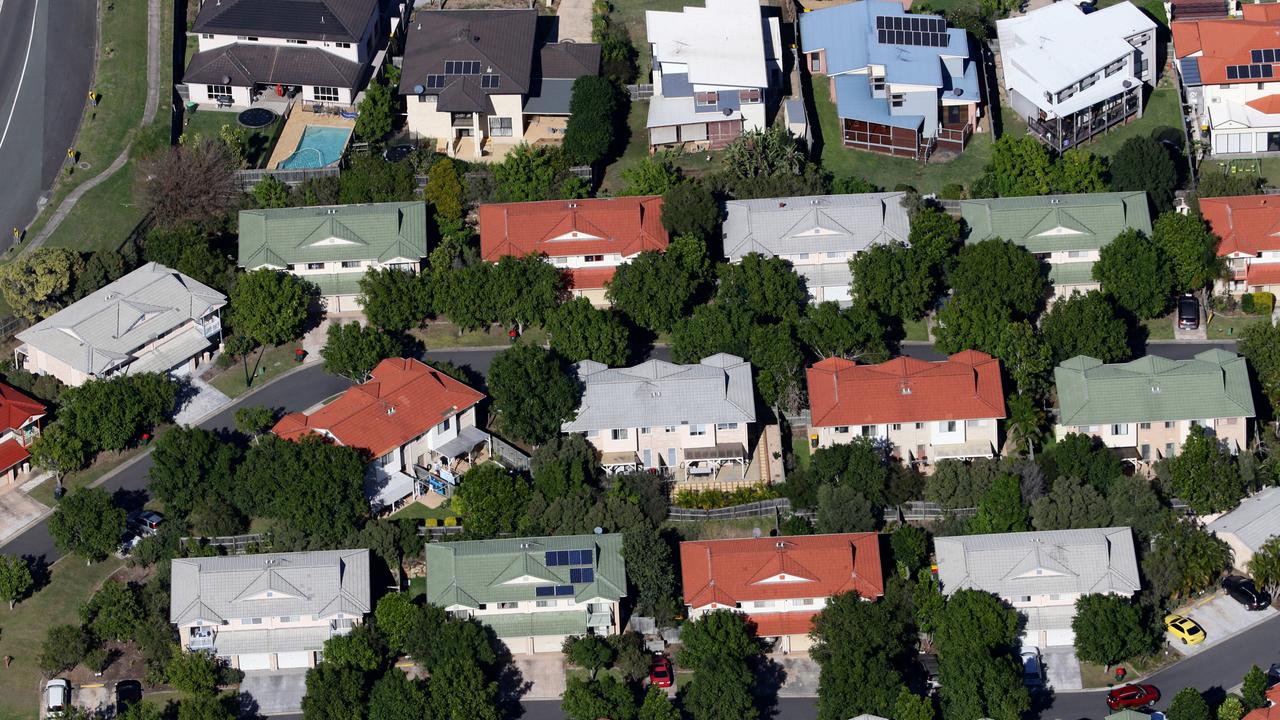Qld’s most tightly-held suburbs: Where homeowners rarely sell
These are Queensland’s most loyal suburbs — the tightly held postcodes everyone wants to move to, but no one wants to leave.
Property
Don't miss out on the headlines from Property. Followed categories will be added to My News.
A tiny coastal suburb north of Brisbane has claimed the title of Australia’s most loyal suburb, with the average homeowner staying put for an eye-opening 21 years.
Statistics from PropTrack reveal Battery Hill in Caloundra is where the average time spent in the same property outstrips the rest of the country, leaving few options for house-hungry buyers.
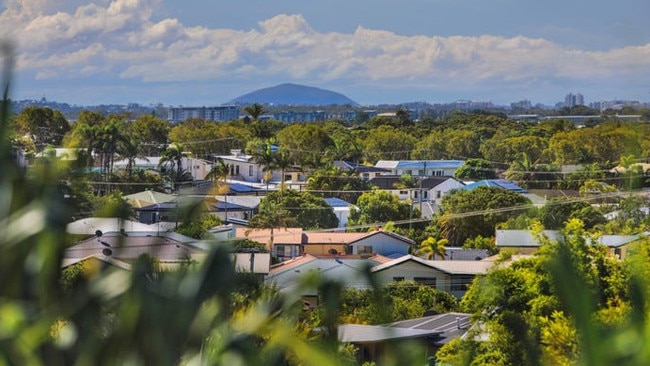
Macgregor in Brisbane’s south comes a close second out of Queensland’s suburbs, with an average hold period of 21.2 years, followed by Mount Ommaney, Barellan Point, and North Maclean at 19 years.
MORE PROPERTY NEWS:
Australian suburbs where it’s cheaper to own than rent
Darren Ide of Image Property, who has sold real estate in Battery Hill for nearly 19 years, said most people had never heard of the suburb, despite its enviable location only walking distance from the beach between Dicky Beach and Moffat Beach.
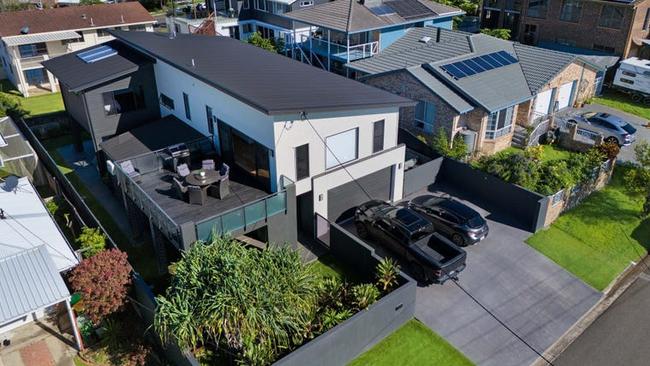
“It’s a small area,” he said. “Very tightly held, and lots of owner-occupiers.
“It’s one of those areas that’s really been left alone because a lot of people go to the more popular suburbs like Currimundi, Dicky Beach, and Moffat Beach.
“I always get a lot of comments; ‘Battery Hill? Where’s that?’, but you can still walk to the beach and there’s a big price difference between it and Moffatt.”
Mr Ide said properties in the suburb usually sold for between $850,000 and $2m.
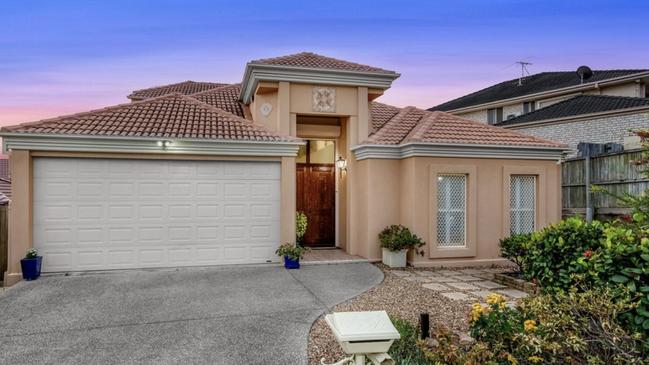
NRL great Glenn Lazarus recently sold his Mount Ommaney abode after living there with his family for the past 30 years.
The sporting legend’s five-bedroom, three-bathroom home at 9 Tiara Close sold for $2.321m and is one of the largest blocks in the area at 2,461 sqm.
“It is in a magnificent spot hidden away from the world. Being in the public eye and always so busy, it was such a great oasis to get home to and relax in. I could literally switch off the world once I got home,” Mr Lazarus told the Courier-Mail.
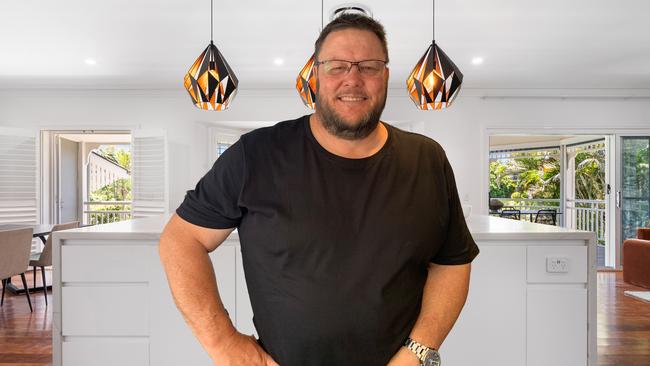
“Mount Ommaney became Broncos central. Gene Miles, Kevin Walters, Allan Langer, Wendell Sailor, and Broncos staff all lived or ended up living in the area, and of course, Wayne Bennett lived across the road.”
PropTrack economist Paul Ryan said a suburb where owners were staying put for around 20 years indicated it was likely very family friendly, and suited a range of life circumstances.
“There will be a lot of people who have raised their children there, and if you have everything you need, why would you move?” Mr Ryan said.
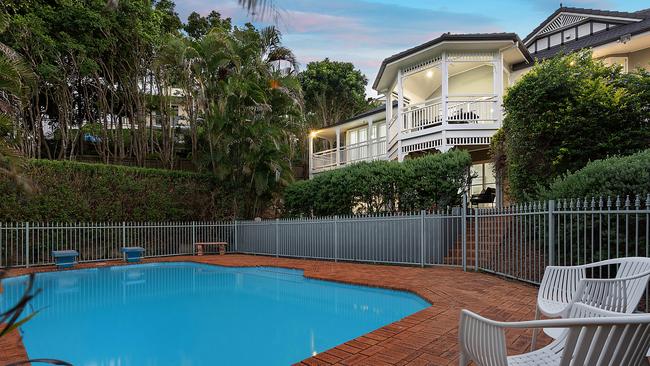
Common threads between such suburbs usually include good schools, substantial housing allotments and access to employment options.
And while a loyalty tax hits consumers almost everywhere else, staying put is often a path to wealth when it comes to property.
“The most expensive thing you can do in property is to move home,” he said.
“We have seen very strong growth in the past 20 years; and for owner occupiers all of those capital gains are tax free.”
For many, staying put will become part of their retirement strategy — ensuring they have a significant stash of funds that is gaining value until they need to downsize.
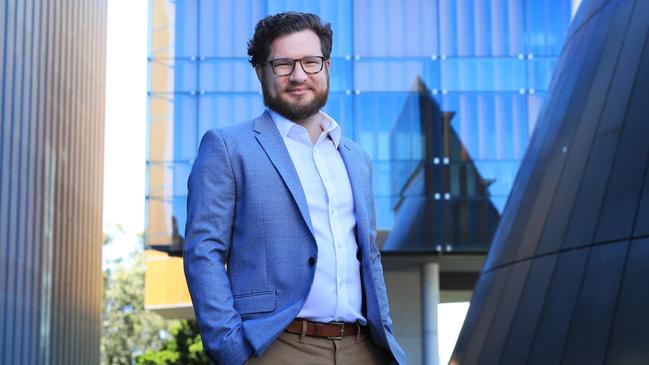
However, Mr Ryan said for many families entering the market today there would be a need for multiple home moves as their life changed, making it unlikely future generations would see the same opportunity to build wealth without paying additional stamp duty along the way.
“When we talk housing all the talk is on affordability, but that’s the access point,” social analyst and demographer Mark McCrindle said.
“It enables them to buy, but it’s not the goal. The goal is liveability. These suburbs are places of liveability, not necessarily affordability and a lot of people got in when they were affordable, but it’s the liveability that counts.
“People have to trade off sometimes the liveability for affordability, but your liveability keeps coming up trumps. That’s why we’re seeing regional growth. It’s the lifestyle that drives the ultimate destination. And that drives the retention of an area.”


